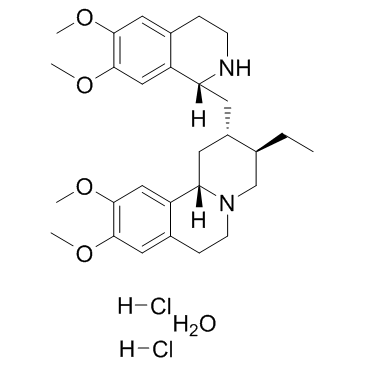Human fascioliasis in Argentina: retrospective overview, critical analysis and baseline for future research.
Roberto Mera y Sierra, Veronica H Agramunt, Pablo Cuervo, Santiago Mas-Coma
Index: Parasit. Vectors 4 , 104, (2011)
Full Text: HTML
Abstract
In Argentina, human fascioliasis has never been adequately analysed, although having a physiography, climate, animal prevalences and lymnaeids similar to those of countries where the disease is endemic such as Bolivia, Peru and Chile. We performed a literature search identifying 58 reports accounting for 619 cases, involving 13 provinces, their majority (97.7%) from high altitudes, in central mountainous areas and Andean valleys, concentrated in Cordoba (430 cases), Catamarca (73), San Luis (29) and Mendoza (28), the remaining provinces being rarely affected. This distribution does not fit that of animal fascioliasis. Certain aspects (higher prevalence in females in a local survey, although a trend non-significant throughout Argentina) but not others (patient's age 3-95 years, mean 37.1 years) resemble human endemics in Andean countries, although the lack of intensity studies and surveys in rural areas does not allow for an adequate evaluation. Human infection occurs mainly in January-April, when higher precipitation and temperatures interact with field activities during summer holidays. A second June peak may be related to Easter holidays. The main risk factor appears to be wild watercress ingestion (214) during recreational, weekend outings or holiday activities, explaining numerous family outbreaks involving 63 people and infection far away from their homes. Diagnosis mainly relied on egg finding (288), followed by serology (82), intradermal reaction (63), surgery (43), and erratic fluke observation (6). The number of fascioliasis-hydatidosis co-infected patients (14) is outstanding. Emetine appears as the drug most used (186), replaced by triclabendazole in recent years (21). Surgery reports are numerous (27.0%). A long delay in diagnosis (average almost 3.5 years) and high lithiasis proportion suggest that many patients are frequently overlooked and pose a question mark about fascioliasis detection in the country. High seroprevalences found in recent random surveys suggest human endemic situations. This analysis highlights that human fascioliasis may have been overlooked in the past and its real epidemiological situation in high risk rural, mainly altitudinal areas, may currently be underestimated. Results provide a valuable baseline on which to design appropriate multidisciplinary studies on humans, animals and lymnaeids to assess up to which level and in which areas, human fascioliasis may represent a health problem in Argentina.
Related Compounds
| Structure | Name/CAS No. | Molecular Formula | Articles |
|---|---|---|---|
 |
Emetine dihydrochloride hydrate
CAS:7083-71-8 |
C29H40N2O4.2HCl.H2O |
|
Histone deacetylase 3 inhibition re-establishes synaptic tag...
2015-01-01 [Sci. Rep. 5 , 16616, (2015)] |
|
TDP-43 is recruited to stress granules in conditions of oxid...
2009-11-01 [J. Neurochem. 111(4) , 1051-61, (2009)] |
|
A molecular screening approach to identify and characterize ...
2011-10-01 [Mol. Cancer Ther. 10(10) , 1818-28, (2011)] |
|
Characterization of alternative isoforms and inclusion body ...
2010-01-01 [J. Biol. Chem. 285(1) , 608-19, (2010)] |
|
MST kinases monitor actin cytoskeletal integrity and signal ...
2009-12-01 [Mol. Cell. Biol. 29(24) , 6380-90, (2009)] |